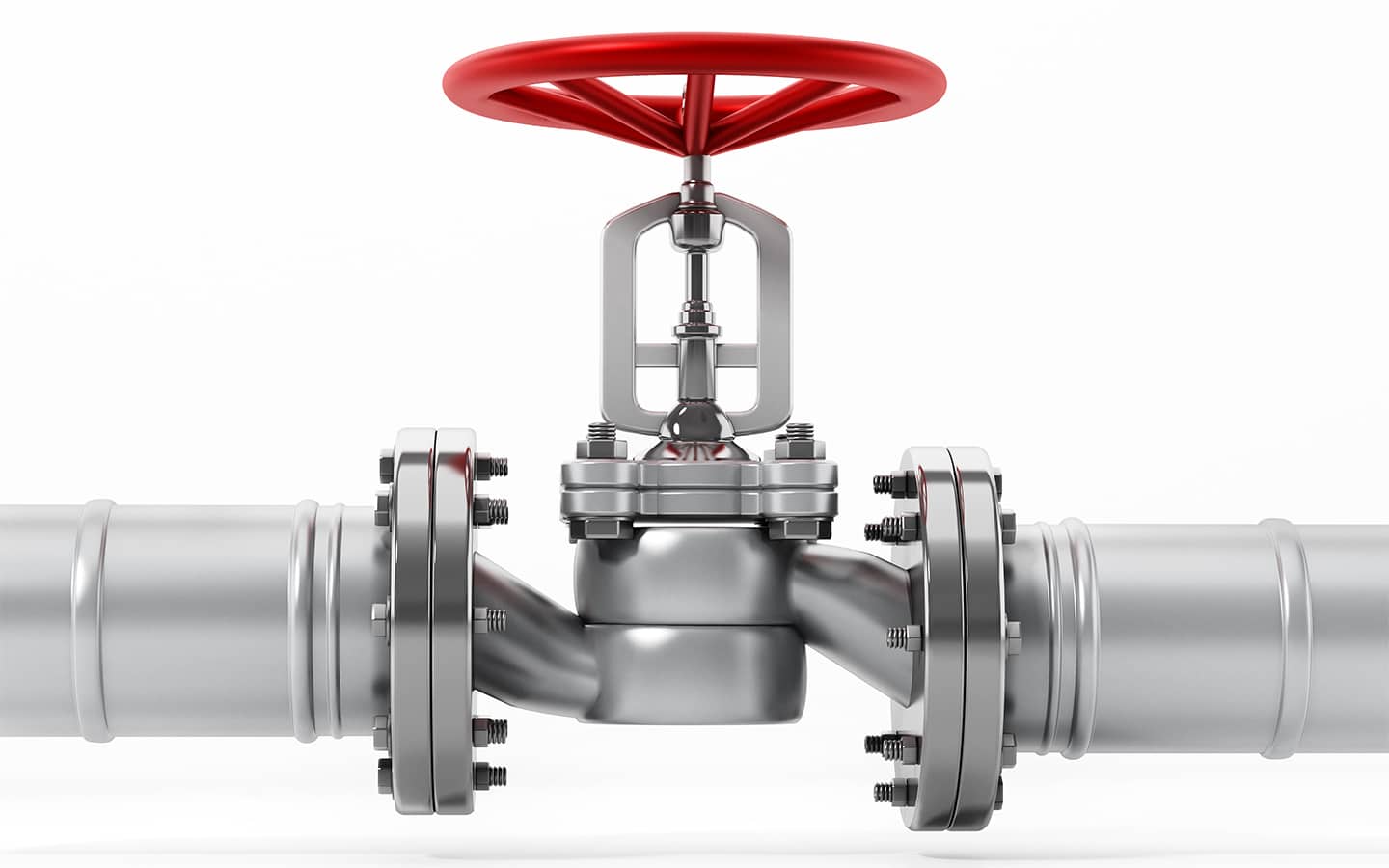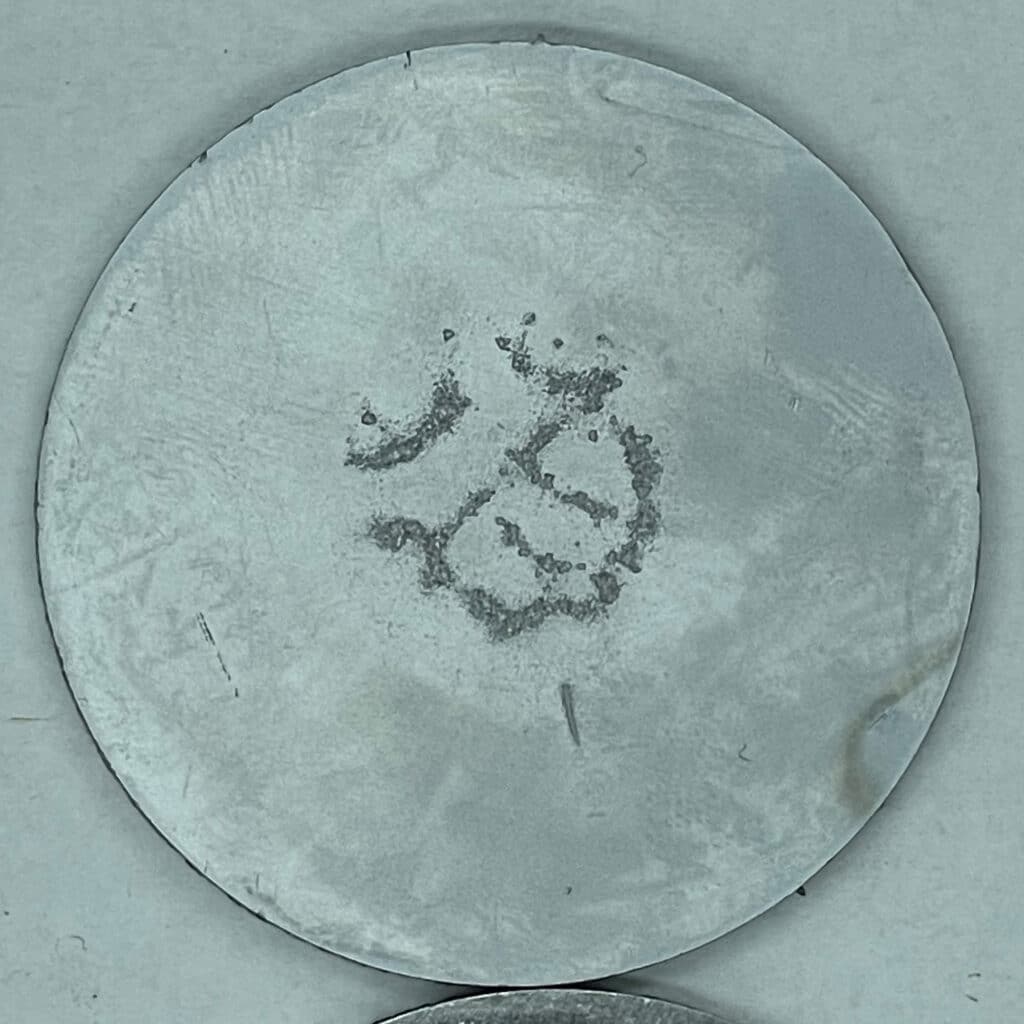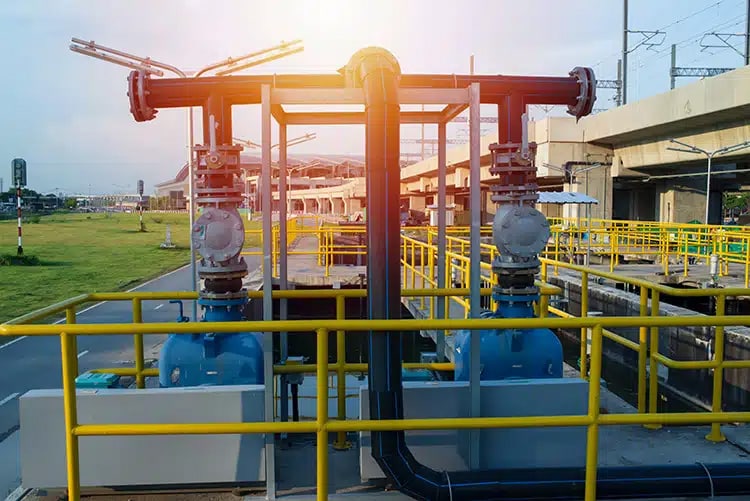Pump cavitation occurs when the pressure in a pump drops below the liquid’s vapor pressure, causing the liquid to vaporize and form bubbles. These vapor bubbles travel through the pump and collapse violently as they enter higher-pressure areas, causing shock waves that damage pump components over time.
Key Causes of Pump Cavitation:
- Inadequate Net Positive Suction Head (NPSH):
- If the NPSH available (NPSHa) is less than the NPSH required (NPSHr) by the pump, cavitation occurs. This often happens due to insufficient suction pressure or a poorly designed system.
- High Fluid Temperatures:
- Warmer fluids have a lower vapor pressure, meaning they vaporize more easily, increasing the risk of cavitation.
- Excessive Pump Speed:
- Running a pump at a higher speed than recommended reduces pressure on the suction side, leading to vapor bubble formation.
- Blocked or Restricted Suction Lines:
- Clogged filters, debris, or improperly sized suction pipes restrict fluid flow, reducing suction pressure and causing cavitation.
- Improper System Design:
- Issues like long suction pipes, excessive pipe bends, or improperly placed valves can cause flow turbulence and pressure drops.
- Air Entrapment:
- Air or gas bubbles in the liquid can mimic cavitation effects, disrupting fluid flow and pump performance.
How to Prevent Pump Cavitation:
- Ensure adequate NPSH by maintaining proper suction pressure.
- Avoid high fluid temperatures and reduce pump speed if necessary.
- Use appropriately sized suction pipes and minimize restrictions or bends.
- Regularly inspect and clean filters, suction lines, and valves.
- Design systems to minimize turbulence and air entrainment.
By addressing these causes, you can reduce risk of cavitation, prolong pump life, and improve operational efficiency. If cavitation damage persists, protective coatings like thin dense chrome can offer long-term solutions against erosion and metal fatigue caused by cavitation.










